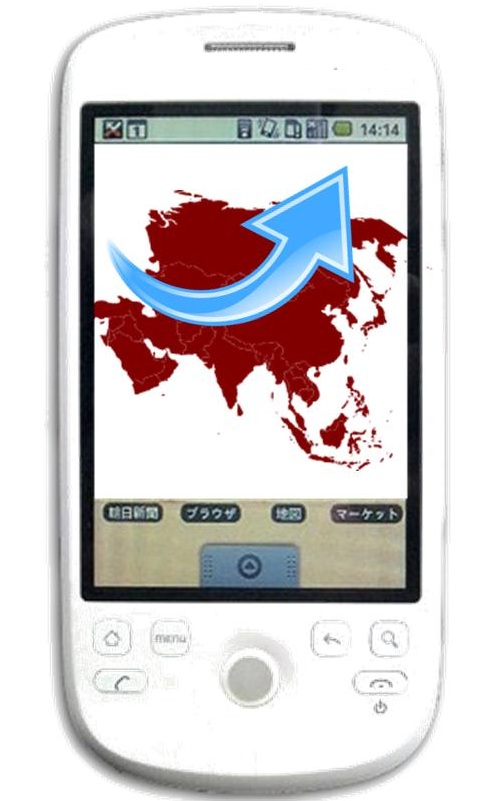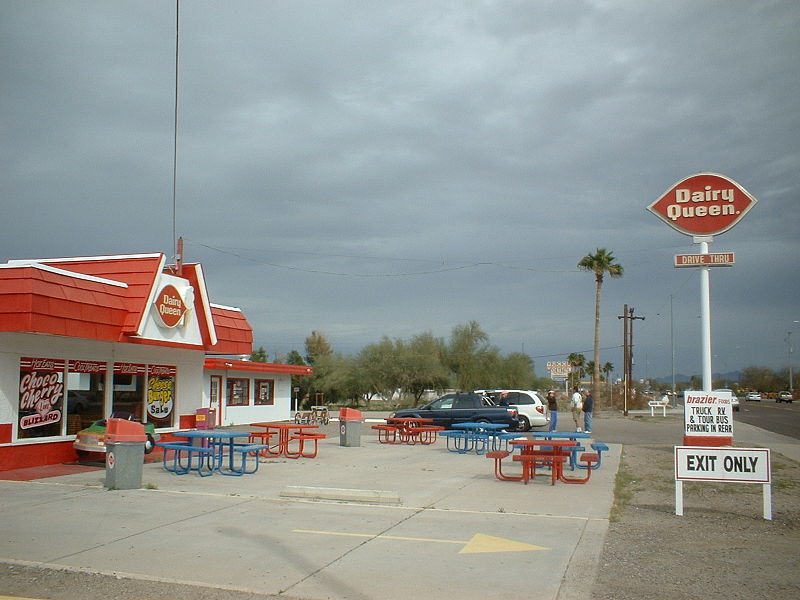Asian markets show promise for mobile commerce
International market research firm yStats has released a new report concerning electronic and mobile commerce in Asia. Asian markets have become very attractive in terms of mobile commerce due to the rising adoption of smartphones and tablets. Consumers are becoming quite reliant on these devices and are showing enthusiasm when it comes to shopping online and making purchases directly from their devices. The report, titled “Asia B2C E-Commerce Report 2013,” aims to shed light on the evolution of commerce throughout Asia.
Internet access helps boost online sales
The report notes that Internet use in countries like Japan, China, and South Korea continues to rise at a rapid rate. As more consumers gain access to the Internet, they begin to shop online more frequently. The expansion of mobile networks is also giving consumers access to the Internet from their smartphones and tablets, exposing them to a wide range of mobile commerce services. Consumers in these countries have been showing favor for mobile shopping over more traditional forms of shopping. The report notes, however, that countries like Laos, Indonesia, Nepal, and India are falling behind when it comes to Internet access. While these countries can be considered valuable markets, the potential of mobile commerce in these countries is somewhat limited.
 Japan and China considered prominent markets for mobile commerce
Japan and China considered prominent markets for mobile commerce
Japan is currently considered one of the most promising markets when it comes to mobile commerce. Tech-savvy consumers often use their mobile devices for just about everything in Japan and it is becoming increasingly common for retailers to focus exclusively on those with mobile devices. China is also showing strong growth on the mobile commerce front as more people gain access to smartphones and tablets. In terms of e-commerce, China is expected to see a 30% increase in online sales by 2016.
Online sales in India account for less than 1% of retail sales
A rise in Internet use is often tied to an increase in online sales. In countries where Internet access can still be considered a luxury, online sales are quite low. In India, for example, online sales account for less than 1% of all retail sales. The country is still considered a promising market for mobile commerce, however, due to the fact that mobile technology is becoming much more common among consumers throughout the country.

 In order to implement this
In order to implement this 